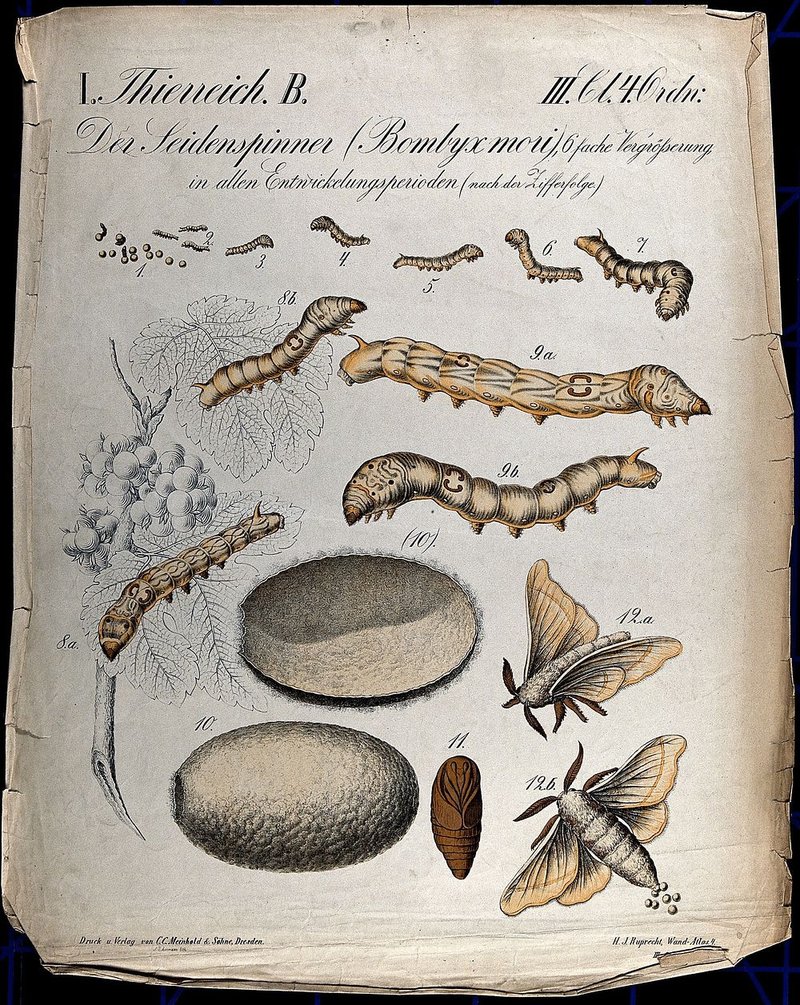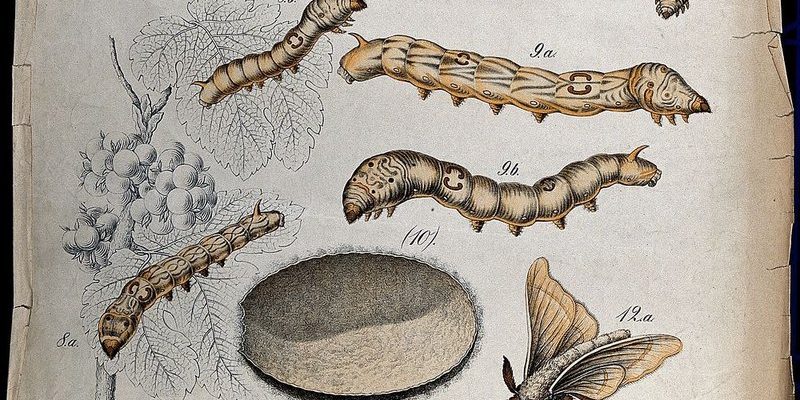
So, why are researchers turning their attention to these cute, squishy little guys? It turns out that silkworms are brilliant models for studying various aspects of biology. Their simple needs and rapid growth cycles make them ideal for experiments. Just like how a lab is essential for a scientist, silkworms are vital tools for exploring metabolism. Let’s dive into this fascinating world and discover what we can learn from these unassuming worms.
Why Silkworms? The Allure of Using Insects in Research
You might wonder, “Why use silkworms for research?” Honestly, there are several compelling reasons! First off, silkworms are incredibly easy to cultivate. They don’t require fancy setups or conditions; they thrive in a controlled environment with just a bit of food—usually mulberry leaves. This convenience translates into cost savings for research institutions, making them an attractive option for scientists.
Another key factor is their *rapid life cycle*. Silkworms can go from egg to mature caterpillar in just a few weeks. This speed allows researchers to gather data quickly. Imagine being able to study multiple generations in a short time—scientists can observe changes in metabolism and growth across generations without waiting ages for results.
Lastly, silkworms possess a relatively simple genetic structure compared to mammals. This makes it easier to manipulate their genes and study the effects on metabolism. Researchers can introduce specific genes and observe how these changes impact growth and overall health.
Understanding Metabolism: The Role of Silkworms
Metabolism is the set of life-sustaining chemical reactions in organisms. For silkworms, metabolism plays a crucial role in how they grow and develop. Here’s the thing: studying silkworm metabolism can provide valuable insights into similar processes in higher organisms, including humans.
Silkworms metabolize food through a straightforward process. They consume mulberry leaves, breaking down the nutrients into energy. This energy fuels their growth, helps them shed their exoskeletons, and eventually supports the production of silk. Researchers can analyze how different diets affect their metabolism, which might lead to breakthroughs in understanding metabolic disorders in humans.
Moreover, silkworms help scientists study how environmental factors impact metabolism. For example, changes in temperature, humidity, or food supply can affect growth rates and metabolic efficiency. By observing these changes, researchers can understand how living organisms adapt to their environments.
Growth Patterns: From Caterpillar to Moth
Silkworms undergo fascinating transformations throughout their lives. They begin as tiny eggs, then hatch into larvae (the caterpillars), which grow rapidly by eating mulberry leaves. This growth phase is crucial because it sets the stage for the changes they undergo later. Essentially, understanding the growth patterns of silkworms allows researchers to explore developmental biology in depth.
During the larval stage, silkworms molt several times, shedding their skins to accommodate their growing bodies. This process, known as instar, is a key part of their growth. Researchers can study these molts to understand how hormones influence growth. For instance, if researchers manipulate hormonal levels, they can see how it affects the timing and effectiveness of the molting process.
After the larval stage, silkworms enter the pupal stage before emerging as moths. This metamorphosis is another exciting area of study. By examining how silkworms transition from caterpillars to moths, scientists learn about cellular and genetic changes that dictate growth and development.
Research Applications: Health and Beyond
The research surrounding silkworms goes beyond curiosity. The insights gained from studying their metabolism and growth can have real-world applications, especially in health and medicine. For example, scientists are interested in how silkworms can be used to understand diseases related to metabolism.
One notable area is studying obesity and diabetes. Since silkworms share certain metabolic pathways with humans, researchers can mimic conditions in silkworms to test potential treatments. By observing how changes in diet or specific medications affect silkworm metabolism, scientists can gain insights that may lead to better therapies for metabolic diseases in humans.
Furthermore, silkworms are also tested for their ability to produce proteins and other compounds used in medicine. They can be engineered to produce useful substances, like pharmaceuticals or food additives, in a cost-effective manner. This ability to create valuable products, along with their simple care requirements, positions silkworms as powerful tools in biotechnology.
The Future of Silkworm Research: What Lies Ahead
As researchers continue to explore the world of silkworms, the future looks bright! There’s a growing interest in genetically modifying silkworms to enhance their properties. Scientists are experimenting with how to make them more efficient in producing silk or even help in developing sustainable materials.
Moreover, silkworms could play a role in environmental sustainability. As the world grapples with pollution and resource depletion, silkworms might offer solutions. By studying how they can break down waste products or help recycle materials, researchers hope to use these creatures as a means of addressing environmental challenges.
Lastly, as technology advances, the methods used to study silkworms continue to improve. Techniques like CRISPR gene editing offer new possibilities for research, allowing scientists to delve deeper into the genetic foundations of metabolism and growth. This dynamic field promises to uncover more secrets about these fascinating insects.
Silkworms have proven to be more than just the source of silk; they are invaluable in scientific research. By studying their metabolism and growth, researchers gain insights that can lead to better health solutions and environmental sustainability. Their simplicity in care coupled with their rapid growth makes them the MVPs of the research world.
So next time you see a silkworm, think of all the amazing things they’re helping us discover. From understanding metabolic processes to advancing biotechnology, these little creatures hold a wealth of knowledge. Who knew that something so small could make such a big impact? As scientists continue to peer into the silkworm world, we can only imagine the exciting developments that await us.

